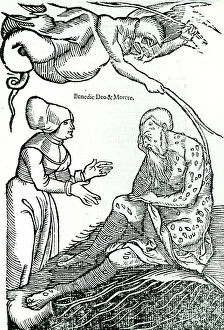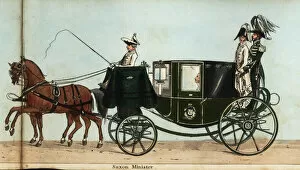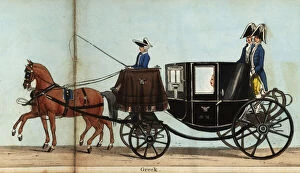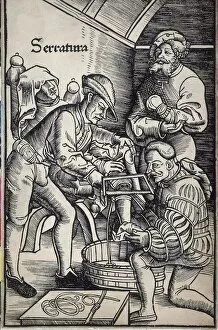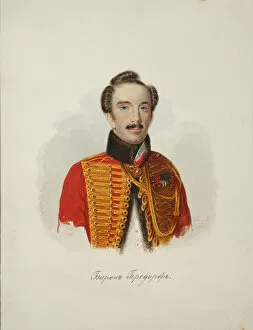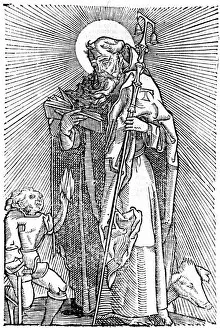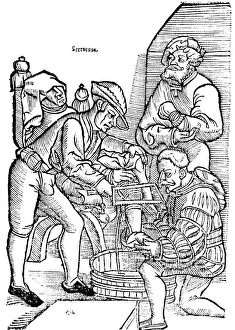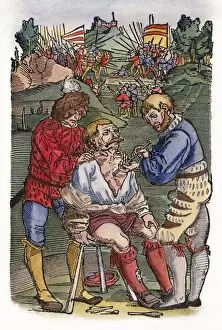Gersdorff Collection
Gersdorff, Hans von (1455 - 1529), a renowned German surgeon, made significant contributions to the field of medicine during his time
For sale as Licensed Images
Choose your image, Select your licence and Download the media
Gersdorff, Hans von (1455 - 1529), a renowned German surgeon, made significant contributions to the field of medicine during his time. His expertise in surgery was well-known and respected, as depicted in various historical artworks. One such artwork showcases the carriage of M. De Gersdorff, a Saxon minister. This image captures the elegance and importance associated with individuals bearing the name "Gersdorff. " Similarly, another painting portrays the carriage of the Greek Minister during Queen Victoria's reign, highlighting how this name transcended borders and held significance across different cultures. Arist Fyodorovich von Gersdorff (1805-1883) is also featured in two portraits by artist Alexander Ivanovich Klunder. These paintings immortalize Arist's presence and capture his essence for future generations to admire. In addition to these depictions of influential figures named Gersdorff, there are woodcuts from Hans von Gersdorff's Feldtbuch der Wundartzney (Guide to Surgery). One woodcut illustrates a victim suffering from ergotism seeking aid from St. Anthony. This emphasizes not only Hans von Gersdorff's medical knowledge but also his understanding of spiritual remedies. Another woodcut shows an extraction procedure for a bone fragment resulting from a skull fracture – an intricate surgical technique that demonstrates Hans von Gersdorff's skillful approach towards complex cases. Furthermore, images depict amputations being performed without anesthesia using bow-saws – a testament to both the bravery of patients enduring such procedures and surgeons like Hans von Gersdorff who carried them out with precision and care.

